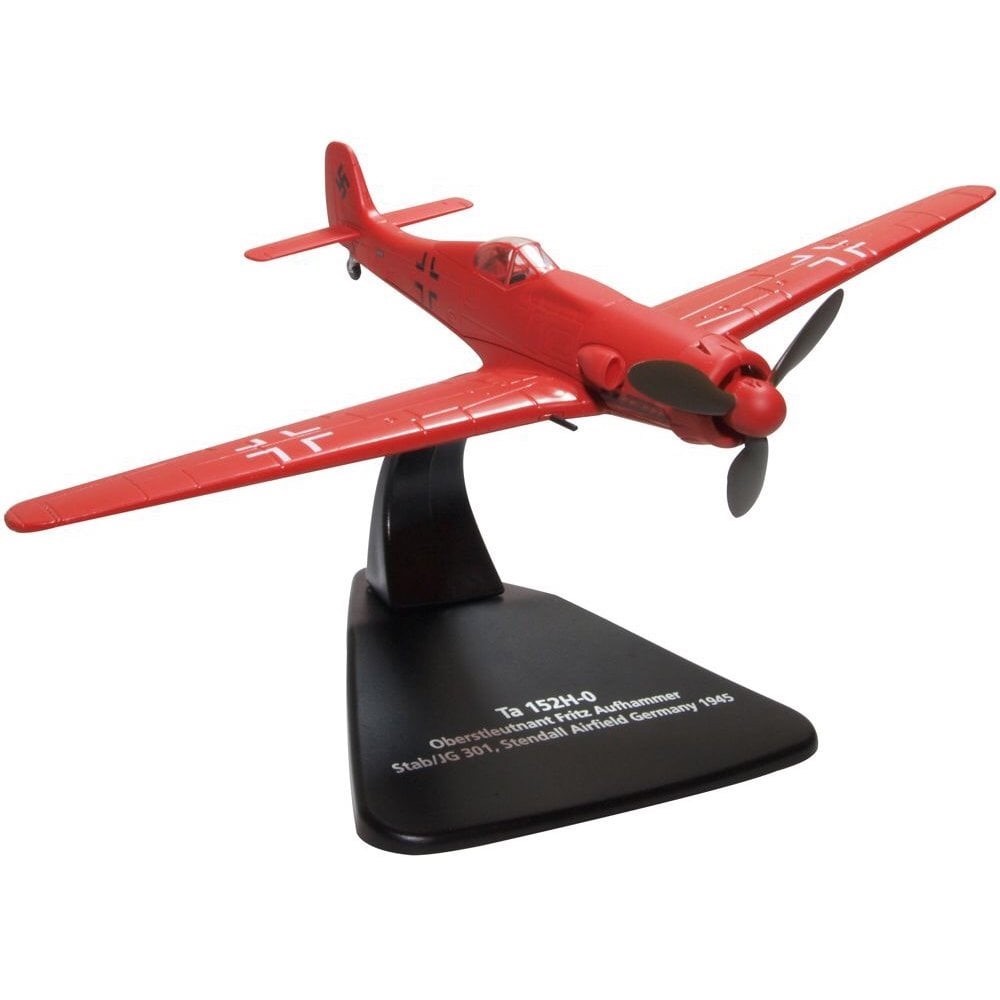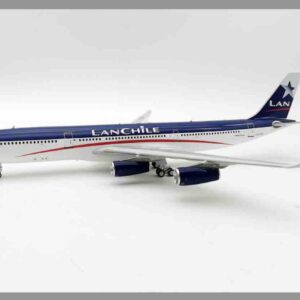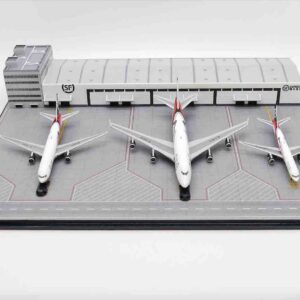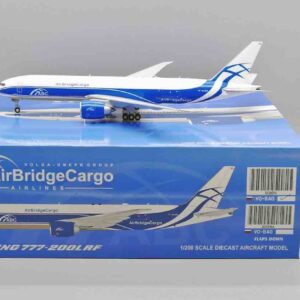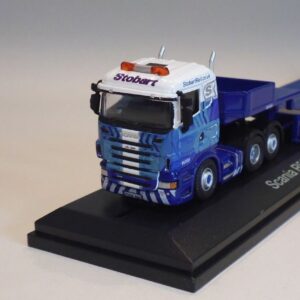Oxford Aviation – Focke-Wulf Ta 152 H-1 Höhenjäger , Oberstleutnant Fritz Aufhammer Stab JG 301.Jagdgeschwader 301 , Stendal Germany 1945
999 Kč
Skladem
Popis
-sběratelský model letadla Focke-Wulf Ta 152 1/72 (letový režim - letadlo bez podvozku) -provedení: kovový model s plastovými částmi -model je v kvalitním provedení -součástí balení je stojánek
Focke Wulf Ta 152
Focke-Wulf Ta 152 byl německý jednomístný jednomotorový stíhací letoun konce druhé světové války.
The Focke-Wulf Ta 152 was a World War II German high-altitude fighter-interceptor designed by Kurt Tank and produced by Focke-Wulf.
The Ta 152 was a development of the Focke-Wulf Fw 190 aircraft. It was intended to be made in at least three versions—the Ta 152H Höhenjäger („high-altitude fighter“), the Ta 152C designed for medium-altitude operations and ground-attack using a Daimler-Benz DB 603 and smaller wings, and the Ta 152E fighter-reconnaissance aircraft with the engine of the H model and the wing of the C model.
Jagdgeschwader 301 (JG 301) was a Luftwaffe fighter-wing of World War II. The order to form JG 301 was issued on 26 September 1943 and formed on 1 October 1943 in Neubiberg with Stab and three Gruppen (groups) as a „Wilde Sau“ (wild boar) single-seat night fighter unit.
| Role | Interceptor |
|---|---|
| Manufacturer | Focke-Wulf |
| Designer | Kurt Tank |
| First flight | late 1944 |
| Introduction | January 1945 (service entry) |
| Retired | May 1945 |
| Primary user | Luftwaffe |
| Number built | Unknown total built |
| Developed from | Focke-Wulf Fw 190 |
General characteristics
- Crew: 1
- Length: 10.82 m (35 ft 6 in)
- Wingspan: 14.44 m (47 ft 5 in)
- Height: 3.36 m (11 ft 0 in)
- Wing area: 23.5 m2 (253 sq ft)
- Airfoil: root: NACA 23015.3; tip: NACA 23009
- Empty weight: 4,031 kg (8,887 lb)
- Gross weight: 4,727 kg (10,421 lb)
- Max takeoff weight: 5,217 kg (11,502 lb)
- Fuel capacity: 992 l (262 US gal; 218 imp gal)
- Powerplant: 1 × Junkers Jumo 213E or Junkers Jumo 213E-1 V-12 inverted liquid-cooled piston engine for take-off
-
-
- 1,530 kW (2,050 hp) for take-off with MW-50 water/methanol injection
- 940 kW (1,260 hp) at 10,700 m (35,100 ft) with GM-1 Nitrous Oxide injection
-
- Propellers: 3-bladed Junkers VS-9 constant-speed propeller
Performance
- Maximum speed: 580 km (360 mph, 310 kn) at sea level with MW-50 boost
-
-
- 759 km/h (472 mph; 410 kn) at 12,500 m (41,000 ft) with GM-1 boost
-
- Range: 2,000 km (1,200 mi, 1,100 nmi)
- Service ceiling: 15,100 m (49,500 ft) with GM-1 boost
- Rate of climb: 20 m/s (3,900 ft/min) at maximum weight of 5,217 kg (11,502 lb)
-
-
- 25.4 m/s (83 ft/s) at 4,727 kg (10,421 lb)
-
- Time to altitude: 10,000 m (33,000 ft) in 10 minutes 6 seconds
- Wing loading: 196.8 kg/m2 (40.3 lb/sq ft)
- Power/mass: 0.276 kW/kg (0.168 hp/lb)
Armament
- 1 × 30 mm (1.181 in) MK 108 cannon 85 rds
- 2 × 20 mm (0.787 in) MG 151/20 cannon 350 rds
Jagdgeschwader 301 (JG 301) was a Luftwaffe fighter-wing of World War II. The order to form JG 301 was issued on 26 September 1943 and formed on 1 October 1943 in Neubiberg with Stab and three Gruppen (groups) as a „Wilde Sau“ (wild boar) single-seat night fighter unit.
Další informace
| Výrobce | |
|---|---|
| Měřítko | |
| Dostupnost | Skladem |

